How Much Juice is in One Lime are a ubiquitous fruit in culinary landscapes worldwide. Whether garnishing a cocktail, flavoring a savory dish, or lending their tangy zest to desserts, limes are renowned for their vibrant flavor and versatility. But amidst their culinary prominence lies a common question: how much juice does one lime yield? In this exploration, we delve into the depths of lime juice extraction, uncovering the factors that influence yield, and offering insights into maximizing the juice from these tiny green powerhouses.
Understanding Lime Anatomy:
Before diving into the juicing process, it’s essential to understand the anatomy of a lime. Limes, like other citrus fruits, consist of several components: the peel, the pulp, the membranes, and the seeds. The pulp, where the juice resides, is encapsulated by membranes that separate it into segments. Each segment contains juice-filled vesicles, which are the primary source of lime juice.
Factors Influencing Juice Yield:
Several factors influence the amount of juice extracted from a lime:
- Variety: Different lime varieties, such as Persian limes, Key limes, and Bearss limes, exhibit variations in size, juiciness, and acidity. Key limes, for instance, are smaller and more acidic compared to Persian limes, resulting in slightly different juice yields.
- Ripeness: The ripeness of a lime affects its juiciness. Ripe limes tend to be softer and juicier than unripe ones. However, overly ripe limes may have a compromised texture and flavor, impacting juice extraction.
- Temperature: Temperature plays a role in juice yield, with room temperature limes generally yielding more juice than cold ones. Warmer temperatures help loosen the membranes, making it easier to extract juice.
- Juicing Method: The method used to extract juice also affects yield. Manual juicing methods, such as hand squeezing or using a citrus press, may yield slightly different results compared to mechanical juicers.
Average Juice Yield per Lime:
While the exact amount of juice in a lime can vary based on the factors mentioned above, a rough estimate can be provided. On average, a single lime typically yields around 1 to 2 tablespoons of juice. However, this estimation is not absolute and may vary based on the factors discussed earlier.
Tips for Maximizing Juice Extraction:
To extract the maximum amount of juice from a lime, consider the following tips:
- Choose Ripe Limes: Select ripe limes that yield slightly to pressure when gently squeezed. Avoid limes that feel hard or overly soft.
- Roll Before Juicing: Roll the lime on a hard surface using the palm of your hand before juicing. This helps break down the membranes inside the lime, releasing more juice.
- Apply Heat: If limes are cold or firm, consider warming them slightly by immersing them in warm water or microwaving them for a few seconds. Be cautious not to overheat, as this can affect flavor and texture.
- Use a Citrus Juicer: Invest in a citrus juicer or reamer for efficient juice extraction. These tools are designed to extract juice effectively while minimizing waste.
- Strain the Juice: To remove pulp and seeds, strain the freshly squeezed lime juice through a fine-mesh sieve or cheesecloth.
- Utilize Citrus Zest: Before juicing, consider grating the outer zest of the lime. Lime zest adds intense flavor to dishes and beverages and can be stored for later use.
Conclusion:
In the realm of culinary arts, limes hold a revered status for their vibrant flavor and versatility. While the exact amount of juice in one lime may vary based on factors such as variety, ripeness, and juicing method, understanding these variables can help optimize juice extraction. By selecting ripe limes, employing proper juicing techniques, and utilizing the right tools, you can unlock the zesty potential of these tiny green fruits. So, the next time you reach for a lime, remember that within its diminutive frame lies a burst of citrusy goodness waiting to elevate your culinary creations.
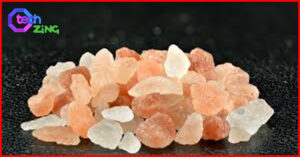











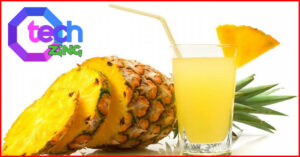
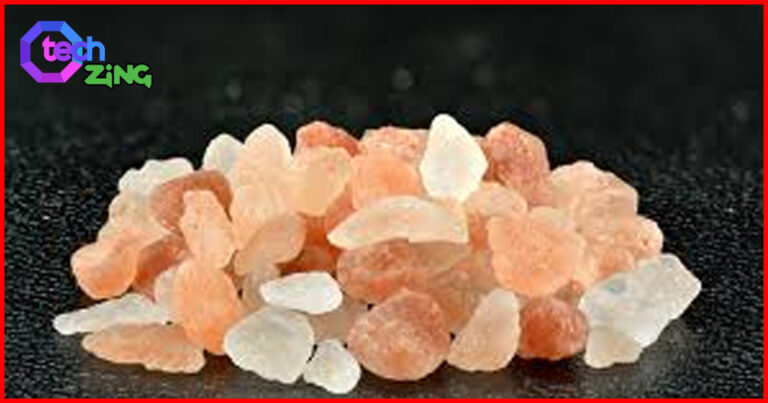
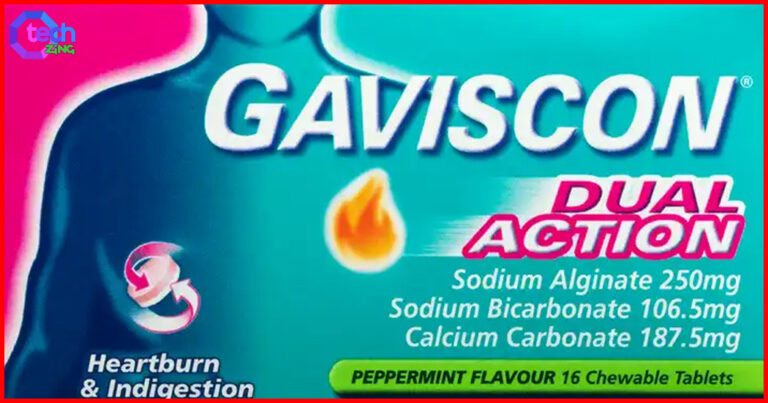
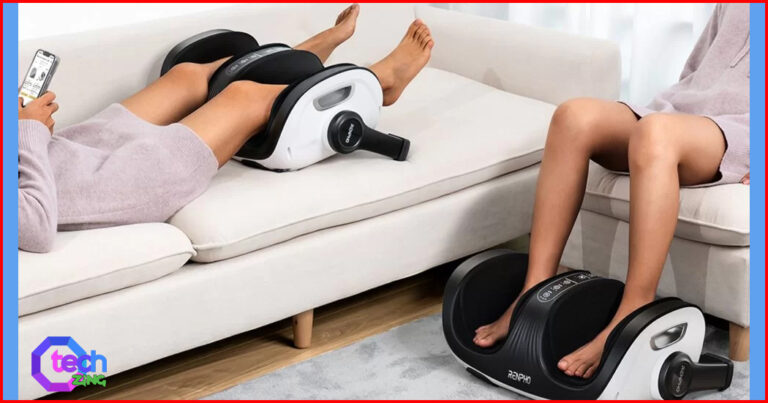









+ There are no comments
Add yours